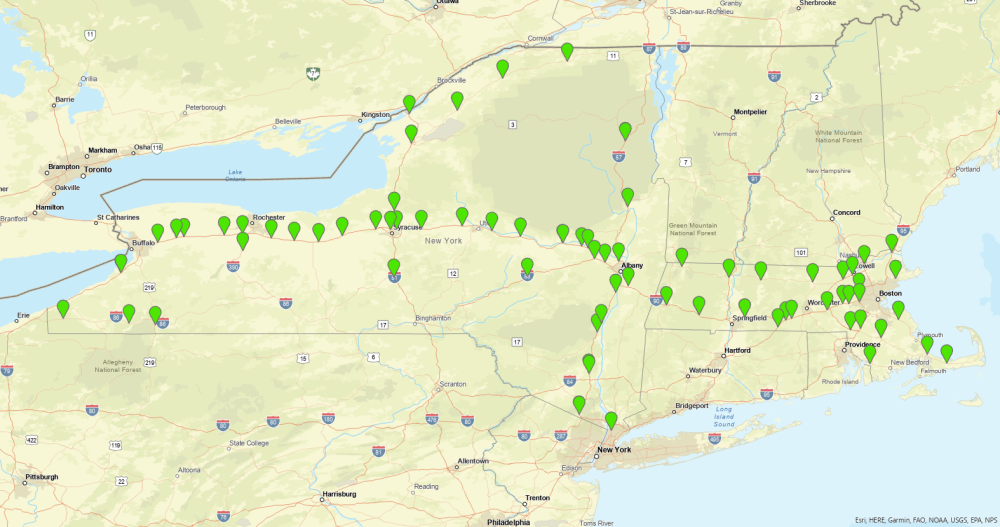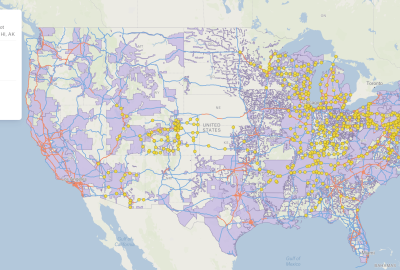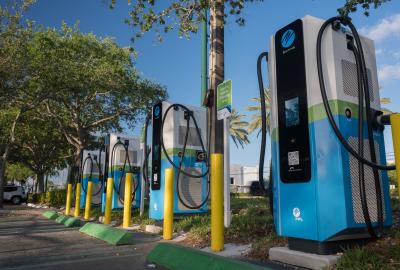
As the adoption of cleaner, more efficient electric vehicles (EVs) accelerates, it is critical to ensure that gas stations and travel plazas near major highways can provide drivers with convenient EV fast chargers. A first-in-the-nation study released this week by National Grid determined that supporting EV charging needs along Massachusetts and New York highways will require interconnection to high-capacity transmission lines in the next decade.
EV adoption is expected to increase across the nation due to market forces along with supportive federal and state policy. The Edison Electric Institute forecasts that more than 26 million EVs will be on the road in 2030, a roughly ten-fold increase from the current figure. In New York and Massachusetts, recent state regulations and legislation will ban the sale of gas-only passenger vehicles by 2035.
The Electric Highways Study provides a blueprint for the strategic buildout of EV fast-charging sites along highway corridors to meet the upcoming surge in demand for the electrification of passenger vehicles and commercial trucks. National Grid conducted the analysis with CALSTART, RMI, Geotab, and Stable Auto.
National Grid, a member of the National Electric Highway Coalition (NEHC), said the study aims to help enable electric companies and policymakers to make smarter decisions about energy grid interconnections and infrastructure, avoid repeated upgrades, and ensure grid readiness does not hinder the clean energy transition.
“This kind of holistic, long-term infrastructure planning will be critical to delivering a clean energy transition as efficiently as possible,” said Brian Gemmell, National Grid COO of NY Electric. “We have a responsibility to make smart investments that get it right the first time and to make sure the electricity is there when drivers need it. This study will help us do that.”
In just one decade, according to the findings, more than a quarter of the 71 highway sites studied in New York and Massachusetts will require the same amount of electricity as an outdoor sports stadium to meet EV charging demand, with some requiring the same amount as a small town within the next two decades. For some of the sites, upgrades are needed before 2030 – which is just seven years away.
“We need to start making these investments now,” said National Grid Vice President of Clean Energy Development Bart Franey in an interview with Bloomberg. “We can’t just wait for it to happen, because the market is going to outpace the infrastructure.”
Existing transmission lines, which often mirror highway routes, provide a ready-made solution if highway charging sites can “plug-in” to the high-voltage transmission grid. Strategically future-proofing high-traffic sites will allow states to accelerate cost-effective charging deployment.
Read National Grid’s press release and summary about the study to learn more. The full study also can be read on National Grid’s website. National Grid and other NEHC members continue to work toward their collective goal of providing EV fast charging stations that will enable the public to drive EVs with confidence along major U.S. travel corridors.


